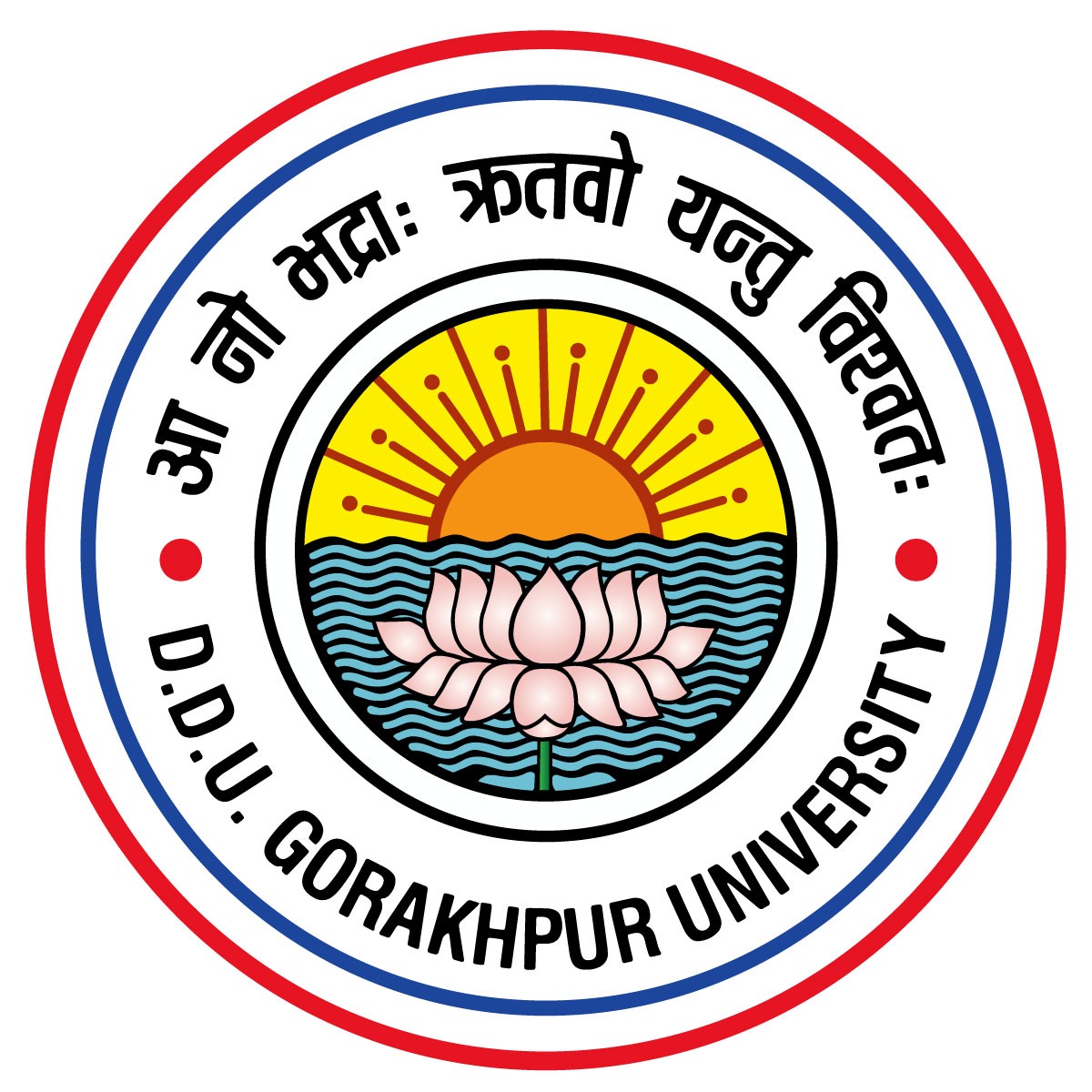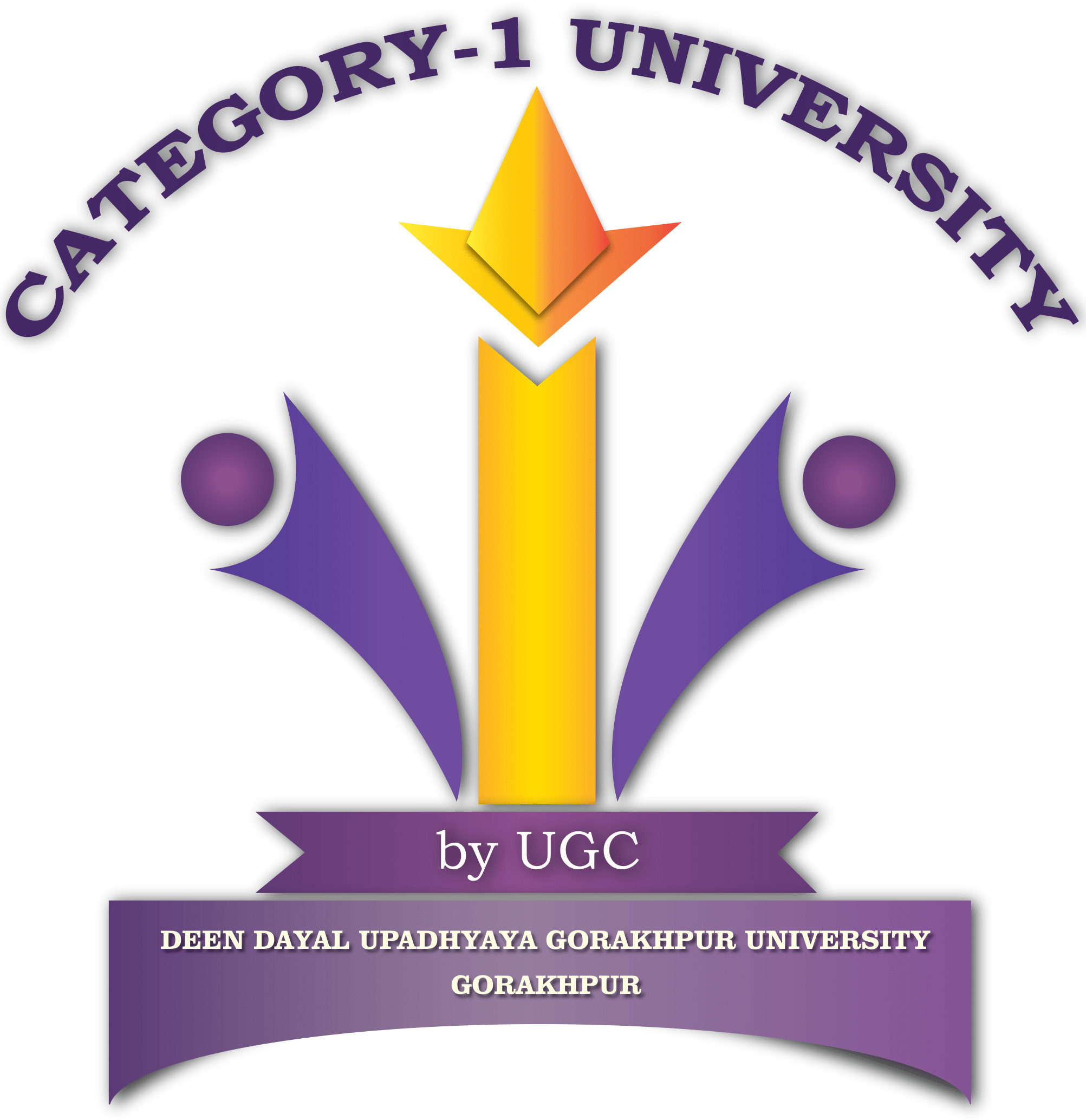
Prof. S. K. Singh
Director - RUSA
Introduction
RUSA, in fact, is a completely new approachtowards funding higher education in the state universities & colleges. It isbased on key principles of performance-based funding, incentivising wellperforming institutions & decision making through clearly defined norms,which will establish & rely upon a management information system to gatherthe essential information from all the institutions & in return, implementthe same for one & all.
Higher education needs to be viewed as along-term social investment for the promotion of economic growth, culturaldevelopment, social cohesion, equity & justice. The globalisation era hasnecessitated inculcation of competitive spirit at all levels. This can beachieved only by bringing quality of higher standards to every sphere of work.Therefore, the quality of higher education has become a major concern-today.
Nevertheless, this is impossible withoutadequate finances & funds. At the same time, adequate finances & fundingcan never be ensured until it is ensured "IT FIRSTLY REACH ONLY TO THOSEWHO CAN REALLY USE IT IN TRUE SENSE".
Thus, in longer run, RUSA will aim to providegreater autonomy to universities as well as colleges & have a sharper focuson equity-based development & improvement in teaching-learning quality andresearch. It will be a new flagship scheme of the Government of India aftersuccessful implementations of SSA & RMSA in the primary & secondary levelsof education respectively for overall development of the education system inIndia to compete with fast global changes.
Rashtriya Uchchatar Shiksha Abhiyan (RUSA) is a centrally sponsored scheme proposed by the Ministry of Human ResourcesDevelopment/ UGC to ensure holistic planning at the state level & enhancementof allocations for the state institutions, which will spread over the two planperiods (XIIth & XIIIth) & it will focus on state higher educationalinstitutions. A sum of Rs 5,00,00,000 has been earmarked for the implementationof RUSA in India during the said two plan periods.
The draft proposal of RUSA was approved bythe Hon'ble Human Resource Development Minister & the same copy has beenplaced on the Ministry's website www.mhrd.gov.in for discussion with variousstakeholders. A meeting with State Governments was convened on 8th February,2012 by the HRM to discuss the same. HRD Ministry in consultation with TataInstitute of Social Sciences prepared the current draft of RUSA which has beenpublished in January 2013 for circulation.
Some important provisions of RUSA arehighlighted here in order to give awareness to all our DDUGU teachers & allthe others concerned. Certainly, RUSA can prove to be a boon for all of us whoare unable to implement the updated modern infrastructure & other essentialitems for up-gradation of higher education systems in our univiersiy/ collegesdue to the shortage of fund.
Prequesites & Highlights
A State Higher Education Council (SHEC) must be set up. This will perform multiple roles such as strategy & planning,monitoring, evaluation etc. The States must make a detailed State Plan in theprescribed format duly keeping in mind the norms & indicators prepared underRUSA. Future allocations of fund would be based on the achievement of thetargets & past performance of the States.
The State Government must commit 4% of itsGSDP (Gross Domestic Products) for the State Higher Education Sector, if not inthe first year of RUSA, but at least within 3years-of-RUSA-implementation. Itis necessary to appoint full time faculty in adequate numbers. Hence, thestates must ensure that the faculty positions are filled on a phase-wise manner.If any state has imposed a ban on regular recruitment of faculty, the statemust ensure lifting of all bans on recruitment, & requisite proof must beproduced.
"Filling faculty positions" isone of the prerequisites for the states to obtain fund under RUSA. Not morethan 15% of the faculty positions can remain vacant at any time in the state.If any state has more than 15% faculty positions remaining vacant by the end ofthe first year of RUSA, such states may lose the entitlement for any further-grants.The appointments made as well as the faculty already appointed must beremunerated according to UGC regulations & latest pay scales as prescribed.
The procedural bottlenecks in therecruitment processes must be actively eliminated. Assessment & accreditationin the higher education, through transparent & informed external reviewprocess, are the effective means of quality assurance in higher education. Accreditation will be carried out by a recognised agency like NAAC.
RUSA gives emphasis to ensure adequateavailability of quality faculty in all higher educational institutions andensure capacity building at all levels of employment. It is one of the variousgoals of RUSA. "Faculty Planning" is one of its strategic focus of RUSA andrecruitment & capacity building of faculty is one of the its 15 primarycomponents.
There are various other provisions to getadequate funding under RUSA for the overall development of the state highereducation system. However, accessing of fund strictly depend on the fulfillmentof the various prerequisites & the effective utilization of fund. So, allefforts of the state must be utilized in order to finish preparation of groundworks in time so that adequate free flow of funding will come under RUSA.








